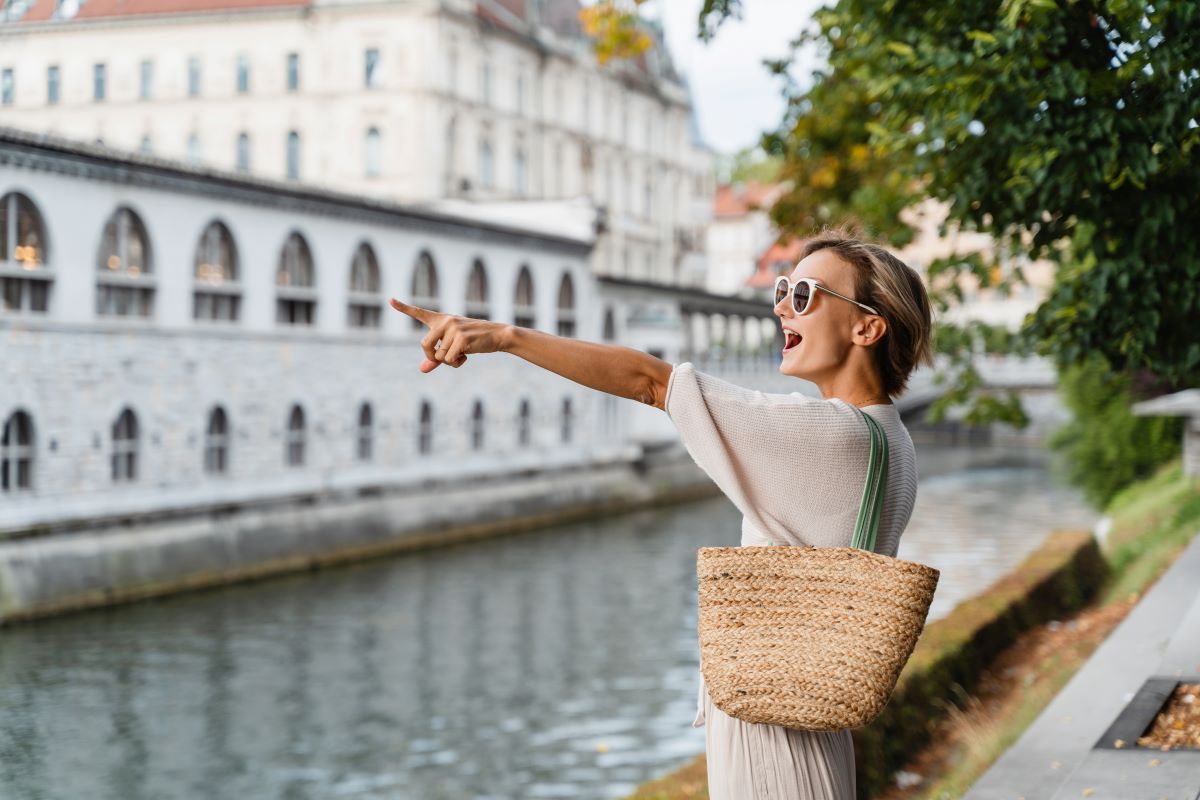Every year, millions of tourists venture into the world’s coolest destinations—vibrant cities, quiet villages, and natural paradises to experience new cultures and create memories. Yet behind the friendly smiles and warm welcomes lies a complex relationship between locals and tourists.
In some places, locals celebrate the influx of visitors as a sign of global appreciation and economic opportunity. In others, however, they express frustration as tourism disrupts daily life, drives up costs, and dilutes cultural authenticity.
This article explores how locals really feel about tourists in cool places, examining the benefits, challenges, and emotional nuances that define this global interaction.
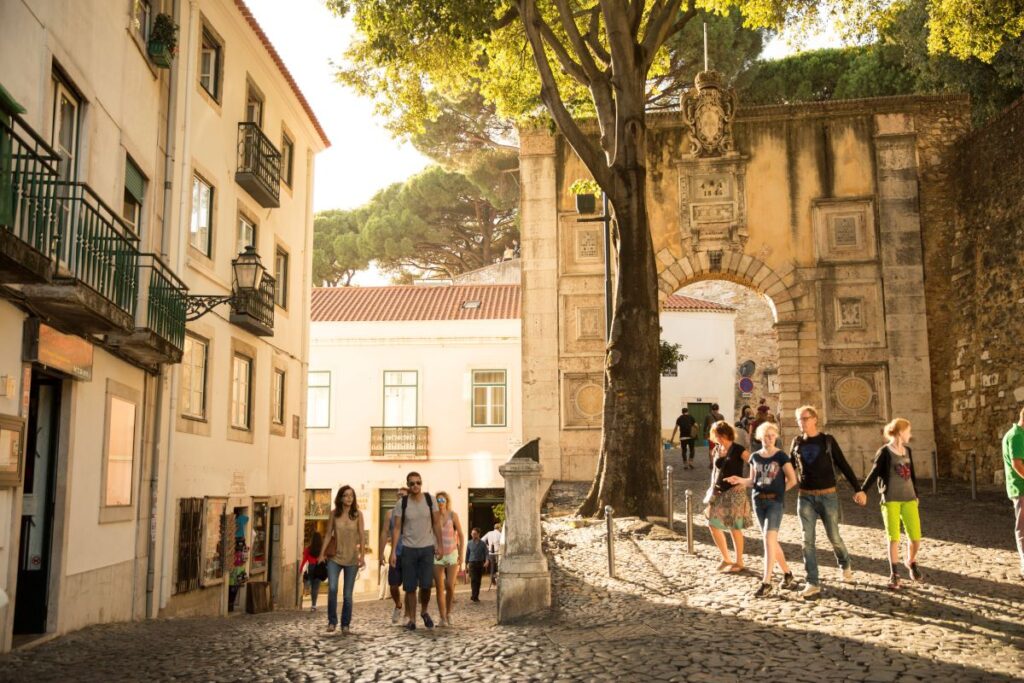
Section 1: The Dual Nature of Tourism
Tourism is often described as a double-edged sword. It brings prosperity and attention but also carries the risk of overexposure and exploitation. Locals’ feelings toward tourists largely depend on how well this balance is maintained.
| Positive Impact | Negative Impact |
|---|---|
| Economic growth through job creation | Rising cost of living for locals |
| Preservation of heritage sites via tourism funding | Overcrowding and loss of privacy |
| Cross-cultural understanding | Cultural commodification |
| Improved infrastructure | Environmental degradation |
| Global visibility and recognition | Seasonal employment dependency |
Locals in popular tourist hubs like Barcelona, Bali, and Venice experience this duality daily. While tourism injects billions into local economies, it can also make it difficult for residents to find affordable housing or enjoy their own public spaces.

Section 2: Economic Appreciation – The Positive Side of Tourists
Many locals embrace tourists with open arms because of the undeniable economic uplift they bring. Restaurants, markets, transportation services, and local artisans all benefit when visitors spend money.
For instance, in Thailand’s island destinations, locals often note that tourism helps sustain small family businesses that might otherwise disappear. Similarly, in small Mediterranean towns, tourism funds the restoration of historic architecture and local festivals.
Key Economic Benefits
| Benefit | Description | Example Destination |
|---|---|---|
| Employment Opportunities | Tourists create demand for hospitality and transport services | Phuket, Thailand |
| Small Business Growth | Local crafts, food stalls, and tours thrive | Marrakech, Morocco |
| Infrastructure Development | Better roads, public transit, and sanitation | Dubrovnik, Croatia |
| Cultural Exports | Local art, music, and cuisine gain global exposure | Kyoto, Japan |
Locals in these “cool” places often express gratitude for the steady income stream that supports their families year-round. Tourism can also instill pride knowing that people travel thousands of miles just to experience their culture.

Section 3: The Emotional Reality — Between Pride and Fatigue
However, emotional responses are rarely black and white. While some locals appreciate the attention, others feel overwhelmed or even displaced by the presence of tourists.
Imagine living in a small village that becomes “Instagram famous.” What was once peaceful becomes perpetually crowded. Streets once used for daily errands are now packed with selfie sticks and tour groups. Locals in such areas often describe feeling like actors on display, rather than genuine residents of their own communities.
A Spectrum of Emotions Toward Tourists
| Emotion | Typical Local Response | Example Destination |
|---|---|---|
| Pride | “People love our culture—it feels good to share it.” | Santorini, Greece |
| Tolerance | “Tourism helps us survive, even if it’s sometimes annoying.” | Bali, Indonesia |
| Resentment | “It’s hard to live normally with crowds everywhere.” | Kyoto, Japan |
| Displacement | “Locals are moving out because housing is unaffordable.” | Lisbon, Portugal |
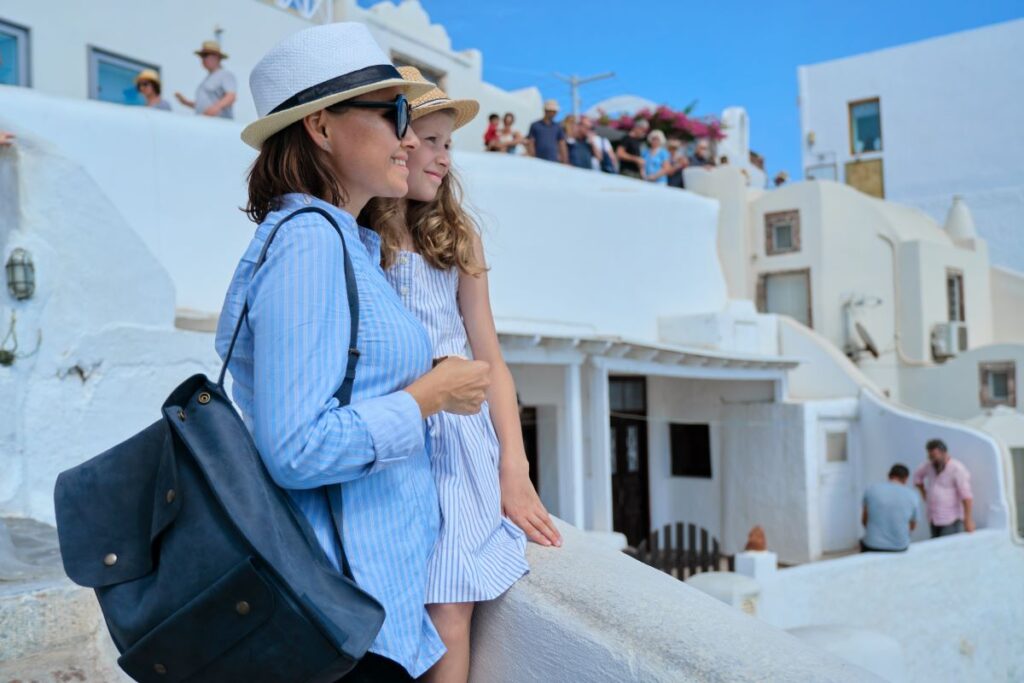
Section 4: Cultural Exchange or Cultural Erosion?
At its best, tourism fosters global understanding. At its worst, it dilutes authenticity. Locals often express mixed emotions about how tourists interact with cultural traditions.
Many visitors arrive with good intentions—wanting to learn about history, cuisine, and local customs. However, commercialization often follows, turning meaningful rituals into performances for entertainment. This can make locals feel as though their culture has been commodified for profit.
In Bali, for example, sacred temple dances once performed for religious reasons are now routinely scheduled for tourist shows. While this generates income, it raises concerns about authenticity and respect.
How Locals Perceive Cultural Tourism
| Aspect | Local Sentiment | Impact on Community |
|---|---|---|
| Traditional Festivals | Mixed: proud to showcase culture, but dislike disruptions | Increased visibility, but higher costs |
| Local Cuisine | Positive if tourists respect dining norms | Expansion of fusion or “tourist-safe” dishes |
| Religion and Customs | Sensitive — some tourists behave disrespectfully | Potential cultural tension |
| Language | Pride in sharing but frustration when misunderstood | Boost in bilingual education |

Section 5: The Housing and Cost-of-Living Dilemma
A major source of tension between locals and tourists is the rising cost of living in tourist-heavy regions. As short-term rentals (like Airbnb) proliferate, locals are often priced out of their own neighborhoods.
Cities like Barcelona, Lisbon, and Reykjavik have seen a surge in property prices, leading locals to protest against what they call “touristification.”
According to urban sociologists, this dynamic is reshaping local identities, turning once-authentic neighborhoods into commercialized zones serving visitors rather than residents.
Economic Pressures from Tourism
| Issue | Effect on Locals | Example City |
|---|---|---|
| Housing Shortage | Locals compete with short-term rental demand | Barcelona, Spain |
| Rent Inflation | Landlords prefer high-paying tourists | Lisbon, Portugal |
| Local Business Shift | Traditional stores replaced by souvenir shops | Reykjavik, Iceland |
| Public Transport Strain | Overcrowding reduces accessibility for residents | Rome, Italy |
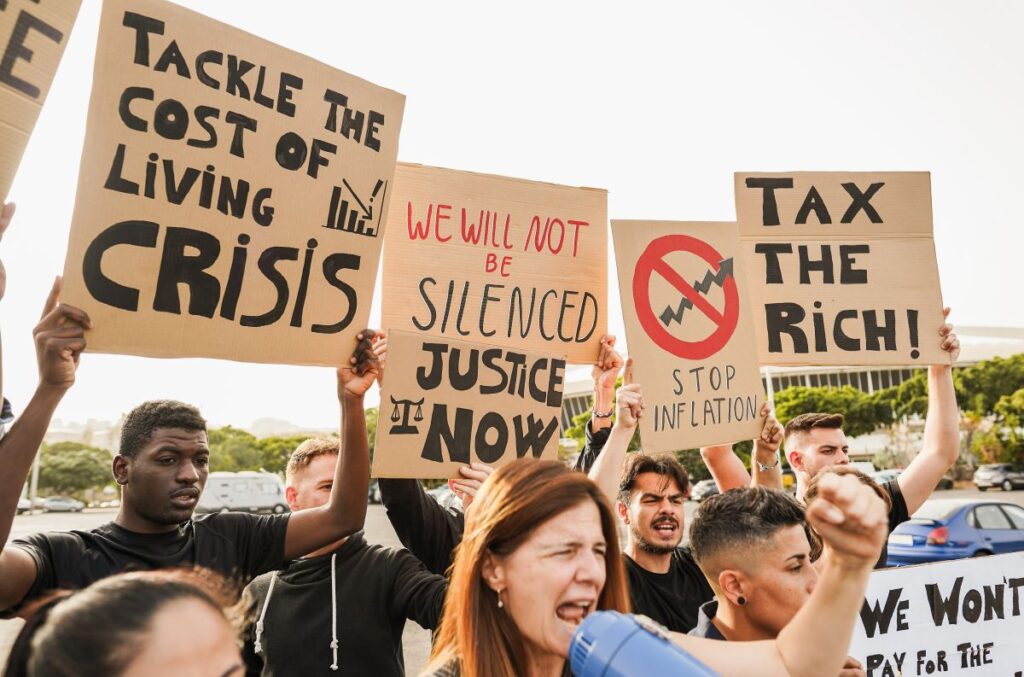
Section 6: Environmental Impact and Local Awareness
Tourism doesn’t just affect people—it impacts nature too. Locals in eco-sensitive areas are increasingly vocal about the environmental consequences of unchecked tourist activity.
From coral reef damage in Thailand to littered hiking trails in Peru, locals are often the first to notice when their natural heritage suffers. Many are taking matters into their own hands, creating community-based tourism initiatives to ensure sustainability.
Community Reactions to Environmental Issues
| Environmental Concern | Local Response | Outcome |
|---|---|---|
| Beach Pollution | Organizing beach cleanup drives | Greater local awareness |
| Overcrowded National Parks | Introducing visitor caps | Controlled foot traffic |
| Wildlife Disturbance | Educating tourists about animal respect | Better coexistence |
| Plastic Waste | Promoting reusable alternatives | Reduced waste footprint |

Section 7: Local Voices — What Residents Say About Tourists
The most insightful way to understand how locals feel about tourists is to listen to them directly. Across continents, the stories share a common thread: appreciation blended with exhaustion.
Case Study 1: Kyoto, Japan
In Kyoto, the influx of tourists during peak cherry blossom season brings both joy and frustration. Locals appreciate the admiration for their city’s beauty but express concern about tourists entering private property or disrespecting temple etiquette.
“We’re happy that people love Kyoto,” says a shop owner in Gion, “but sometimes tourists forget this is our home, not a movie set.”
Case Study 2: Barcelona, Spain
Barcelona’s residents have led some of the most visible protests against over-tourism. While many locals depend on tourists for their livelihood, others lament that neighborhoods have turned into Airbnb zones.
“It feels like the city belongs more to visitors than to us,” says a Barcelona local activist. “Tourism should not mean displacement.”
Case Study 3: Ubud, Bali
In Ubud, tourism transformed a quiet rice-farming community into a global wellness hub. Many Balinese families welcome tourists for providing economic stability, but elders worry about the erosion of traditional values.
“We respect visitors,” one elder notes, “but we hope they respect our way of life too.”
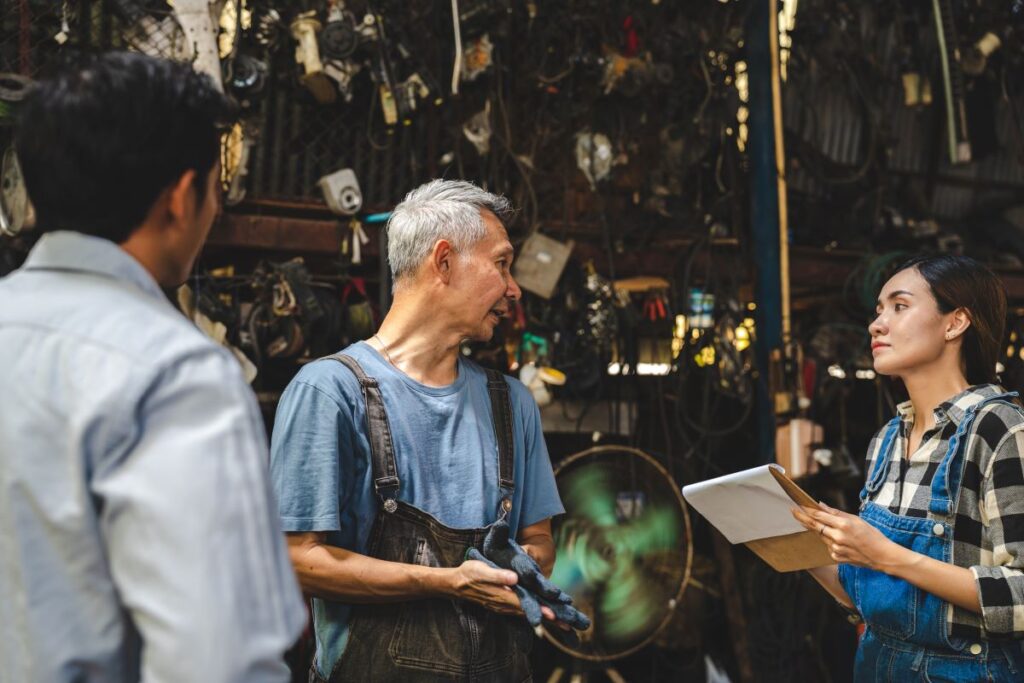
Section 8: The Rise of Responsible Tourism
With growing awareness about cultural and environmental impact, a movement called responsible tourism is gaining traction. It encourages tourists to travel with respect, mindfulness, and sustainability in mind.
Locals in many “cool” destinations are starting to notice a difference between responsible tourists and mass tourists. The former are often welcomed warmly, as they contribute positively without overwhelming local systems.
Key Traits of Responsible Tourists
| Behavior | Local Reaction | Impact on Destination |
|---|---|---|
| Learning basic local phrases | Appreciation | Strengthens cultural bond |
| Respecting traditions and dress codes | Warmth and trust | Preserves cultural dignity |
| Supporting local artisans and family-run shops | Economic gratitude | Keeps wealth within community |
| Avoiding litter and minimizing waste | Respect | Protects environment |
| Choosing eco-friendly stays | Admiration | Encourages sustainable growth |
Locals tend to view these kinds of visitors as partners in preservation rather than intruders. This shift toward mindful travel is helping to rebuild positive relationships between tourists and hosts.
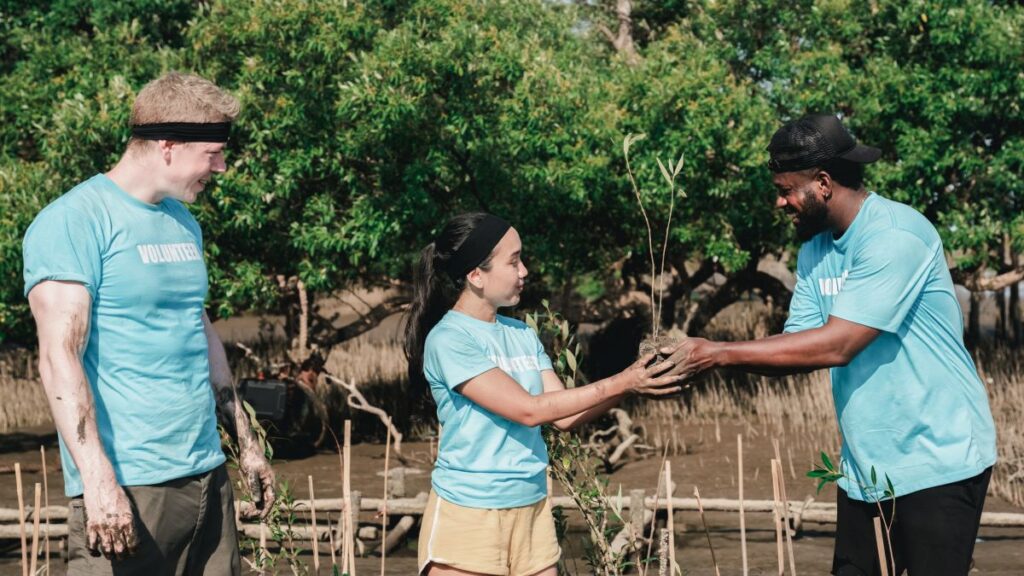
Section 9: Government and Policy Interventions
Governments worldwide are recognizing the need to balance the benefits of tourism with local well-being. When locals’ tolerance is stretched, it can lead to social tension, protests, or even tourist bans.
Examples of Governmental Reforms
| Country/City | Policy | Purpose | Local Reaction |
|---|---|---|---|
| Venice, Italy | Daily tourist entry fee | Control overcrowding | Mixed, but hopeful |
| Bhutan | Minimum daily spending requirement | Promote high-value, low-impact tourism | Positive; protects culture |
| Amsterdam, Netherlands | Restricting Airbnb licenses | Preserve housing affordability | Relief among residents |
| Machu Picchu, Peru | Limited daily visitor caps | Prevent site erosion | Supportive of sustainability |
Such measures aim to ensure tourists enhance rather than harm destinations. Locals often view these regulations not as anti-tourist but as pro-community—necessary to protect the charm that attracted visitors in the first place.

Section 10: Community-Based Tourism — Locals Taking Control
In many destinations, locals are reclaiming control through community-based tourism (CBT). Instead of large corporations reaping most of the rewards, these programs allow communities to directly manage tourism experiences.
For example:
- In Nepal, villagers host tourists in homestays, offering genuine cultural immersion.
- In Costa Rica, local cooperatives guide eco-tours that fund rainforest preservation.
- In Kenya, Maasai communities run their own safari lodges, ensuring cultural and environmental respect.
Benefits of Community-Based Tourism
| Benefit | Explanation | Local Sentiment |
|---|---|---|
| Fair Income Distribution | Money stays within local community | Empowerment and pride |
| Cultural Control | Locals decide how to represent their traditions | Authentic representation |
| Environmental Protection | Locals protect resources they depend on | Long-term sustainability |
| Skill Development | Locals gain new business and hospitality skills | Increased confidence |
Community-driven tourism transforms tourists into contributors rather than consumers, leading to mutual respect and shared prosperity.

Final Thoughts — A Relationship Worth Nurturing
The relationship between locals and tourists is intricate but deeply meaningful. When managed with respect and empathy, tourism can enrich both sides: locals gain global recognition and financial stability, while tourists gain perspective, knowledge, and connection.
In “cool places” across the globe from the serene rice terraces of Bali to the cobblestone alleys of Lisbon—locals don’t necessarily dislike tourists. They dislike disrespect. The more visitors travel thoughtfully, the more harmony can flourish between cultures.
FAQs
- How do locals generally feel about tourists in popular destinations?
Locals often have mixed feelings about tourists. They appreciate the economic benefits but can become frustrated with overcrowding, rising costs, and cultural insensitivity. - Why do some locals dislike tourists?
Some locals feel overwhelmed by excessive tourists, especially when tourism leads to environmental damage, noise, or inflated housing prices. Disrespectful behavior also contributes to negative feelings. - Do tourists help local economies?
Yes. Tourists create jobs, support small businesses, and drive investment in infrastructure. However, poorly managed tourism can shift these benefits away from locals and toward big corporations. - How can tourists be more respectful toward locals?
Tourists can show respect by learning local customs, dressing appropriately, supporting small businesses, and avoiding disruptive behavior. Responsible tourism begins with awareness.
Also check out our article on how to travel responsibly and build better local-tourist relationships for more tips. - What is community-based tourism and how does it benefit locals?
Community-based tourism allows locals to manage tourism directly—offering homestays, guided tours, or workshops. It ensures income stays in the community and that culture is represented authentically. - Which countries are good examples of balancing locals and tourists’ interests?
Countries like Bhutan, Costa Rica, and Japan have implemented sustainable tourism models that prioritise both locals’ well-being and visitors’ experiences. - Is over-tourism a real problem?
Absolutely. Over-tourism can strain resources, pollute natural habitats, and reduce quality of life for locals. Responsible travel and policy reforms are essential to counteract it. Wikipedia+1 - What are locals doing to protect their communities from over-tourism?
Many locals are forming cooperatives, campaigning for visitor caps, and promoting responsible tourism education to ensure long-term sustainability. For a view on how broader cultural trends also play into visitor behaviour, see this external article on fashion-cycles and cultural resurgence: ‘Why styles keep coming back every 20 years’.

